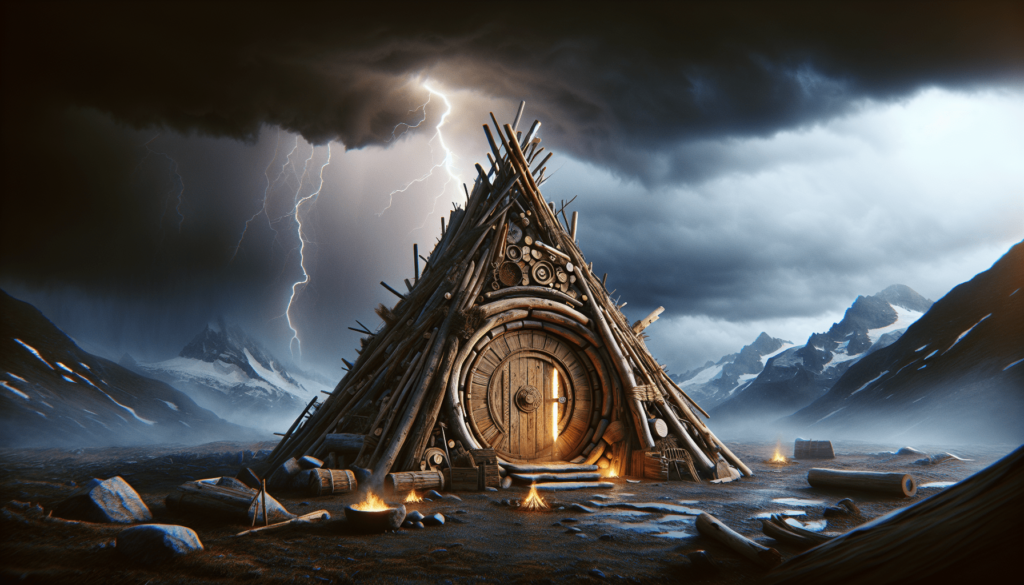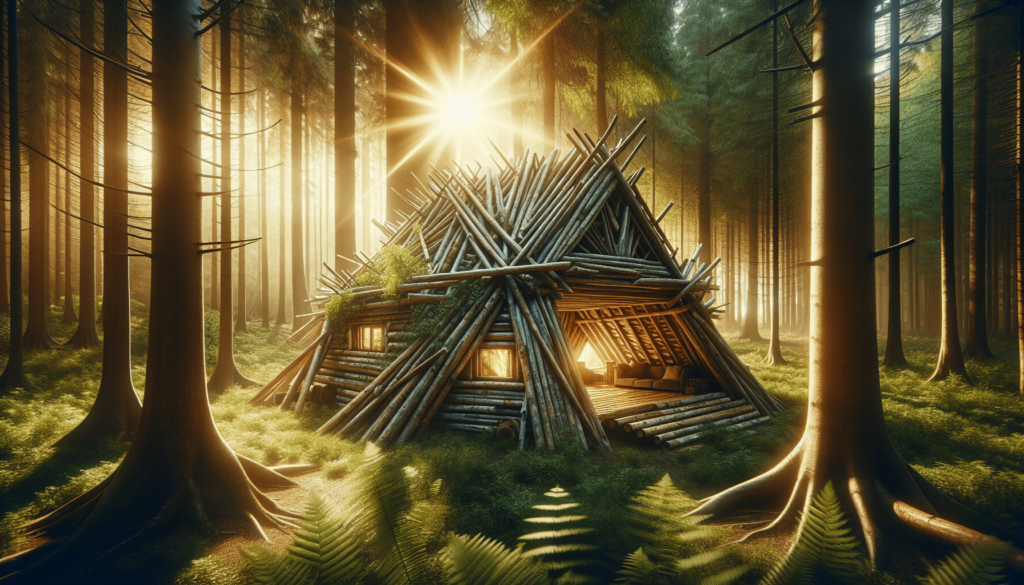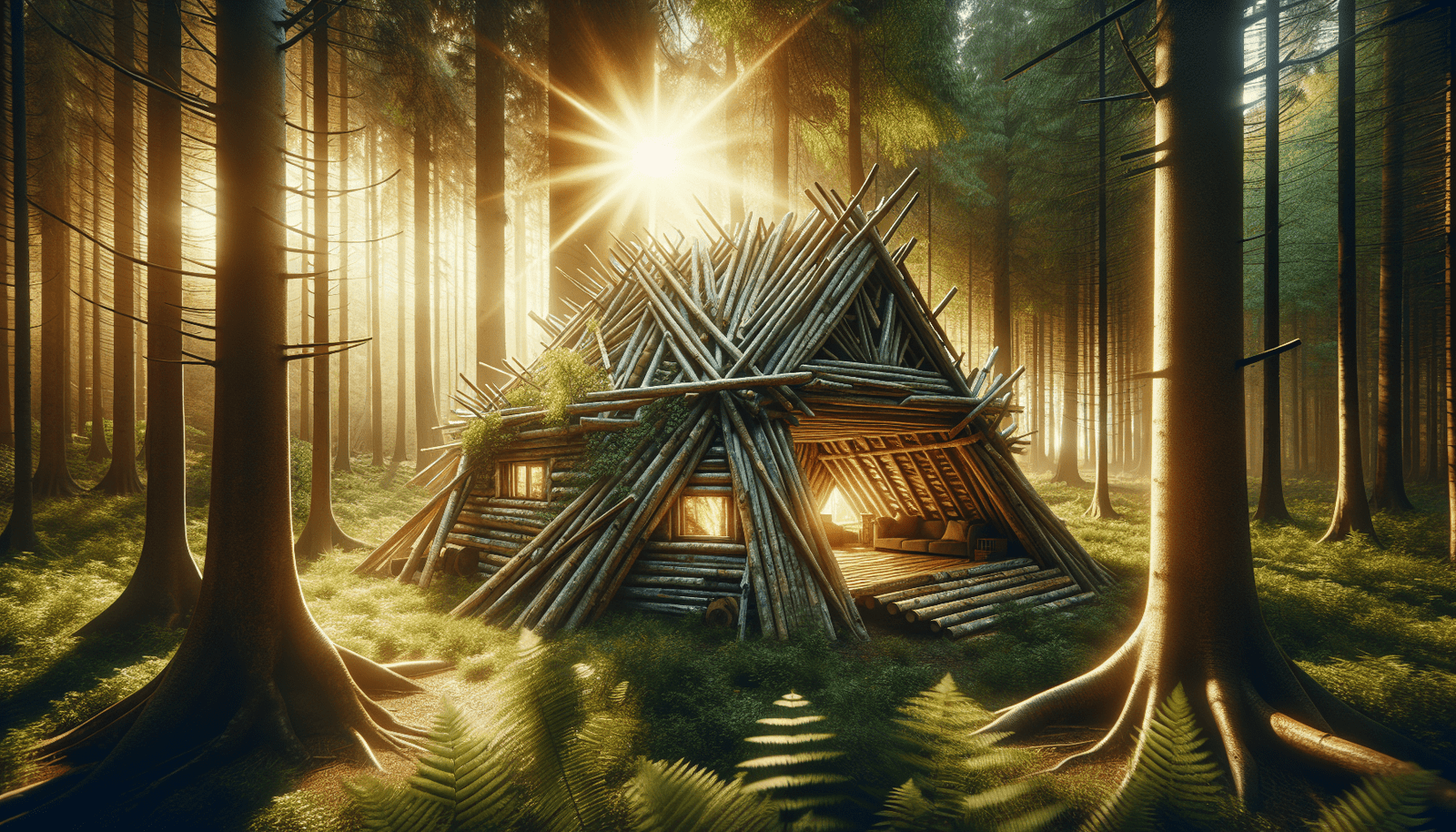If you’re someone who enjoys exploring the outdoors or simply wants to be prepared for any situation, then building a survival shelter is an essential skill you need to learn. The ability to create a safe haven during a storm or disaster can make all the difference between enduring a challenging experience or finding yourself in a life-threatening situation. At “The Survivalist Handbook,” our goal is to equip you with the knowledge and techniques needed to thrive in the wilderness. Within our “Wilderness Survival” category, you’ll discover a wide range of articles covering essential skills and specific threats, including the tactics needed to survive natural disasters such as earthquakes and floods. So get ready to become shelter savvy and embrace the wild with confidence!
Survive a Natural Disaster
Understanding the Threats
When it comes to surviving a natural disaster, the first step is to understand the threats that you may face. Different parts of the world are prone to different types of disasters, such as earthquakes, floods, hurricanes, tornadoes, and wildfires. It’s important to familiarize yourself with the specific threats in your area so that you can properly prepare and know what to expect.
Preparing for a Natural Disaster
Preparation is key when it comes to surviving a natural disaster. Start by creating an emergency plan for you and your family. This plan should include communication methods, meeting points, and evacuation routes. Make sure everyone in your household is aware of the plan and knows what to do in case of a disaster.

Creating a Survival Plan
In addition to an emergency plan, it’s important to have a survival plan. This plan should include a list of essential items to have on hand, such as food, water, first aid supplies, and a flashlight. It’s also crucial to have a designated safe zone where you can take shelter during a disaster. This could be a basement, storm cellar, or a designated community shelter. Make sure everyone in your family knows where the safe zone is located.
Assembling a Disaster Kit
Assembling a disaster kit is an essential part of preparing for a natural disaster. Your kit should include enough food and water to last at least three days, as well as a first aid kit, medications, extra clothing, and personal hygiene items. It’s also important to include important documents, such as identification and insurance papers, in waterproof containers. Don’t forget to include any necessary items for your pets as well.

Identifying Safe Zones
Knowing where to go for safety during a natural disaster is crucial. Different types of disasters require different types of safe zones. For earthquakes, it’s important to identify areas of your home that are structurally sound, such as doorways or sturdy pieces of furniture to take cover under. In the case of floods, it’s important to know the highest point in your area where you can seek refuge. For hurricanes and tornadoes, it’s important to have a designated community storm shelter or basement. And for wildfires, it’s crucial to have a clear evacuation route to a safe location away from the fire.
Building a Shelter for Earthquakes
During an earthquake, having a sturdy shelter can make all the difference. There are different options to consider when building a shelter for earthquakes. One option is to reinforce an existing room in your home, such as a basement or bathroom, with strong materials and secure fittings. Another option is to build an underground shelter outside of your home. These shelters are built to withstand the impact of an earthquake and provide a safe space for you and your family.
Building a Shelter for Floods
When it comes to floods, it’s important to have a shelter that can withstand rising waters. Building a shelter above ground level is a good option to consider. This could be a raised platform or a small structure that is resistant to water. It’s also important to have emergency supplies stored in this shelter, so they won’t be damaged by water.
Building a Shelter for Hurricanes and Tornadoes
Hurricanes and tornadoes can cause significant damage, so having a sturdy shelter is essential. If you live in an area prone to hurricanes, it’s important to have a designated community storm shelter or a reinforced room in your home. Tornadoes, on the other hand, require a different type of shelter. Consider building an underground storm shelter or a reinforced room in your home to protect yourself from the high winds and flying debris.
Building a Shelter for Wildfires
Wildfires can spread rapidly, so it’s important to have a shelter that can withstand the heat and flames. Consider building a fire-resistant shelter, such as a concrete bunker or a metal container buried underground. It’s important to have ventilation and emergency supplies stored in this shelter, as you may need to stay inside for an extended period of time until it is safe to venture out.
Surviving in the Aftermath
Surviving a natural disaster doesn’t just end when the disaster itself is over. The aftermath can bring its own set of challenges. Take steps to ensure your safety and well-being during this time. This includes listening to local authorities for updates and instructions, checking on your neighbors, and being cautious of any potential hazards, such as downed power lines or unstable structures. Stay informed and be prepared for any additional risks that may arise after the initial disaster.
By understanding the threats, preparing for a natural disaster, and creating a survival plan, you can increase your chances of surviving and thriving in the face of adversity. Building a shelter specific to the type of disaster you may face is crucial for your safety. Remember to stay calm and follow the necessary precautions to ensure your survival. With the right knowledge and preparation, you can navigate the uncertain terrain of a natural disaster and come out stronger on the other side. Stay safe!

